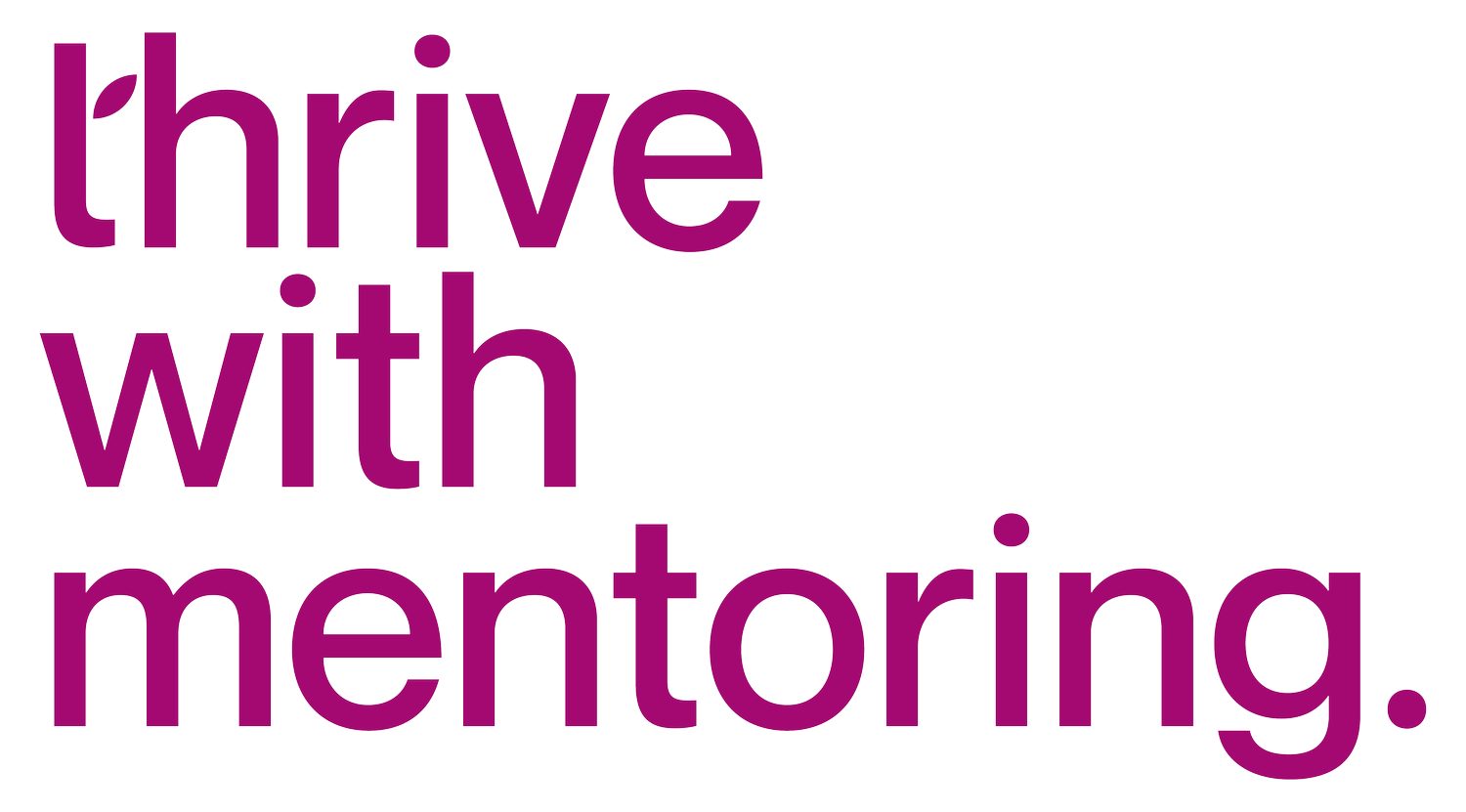Dealing with Your Inner Critic: Transforming Self-Doubt into a Powerful Ally
In our professional and personal lives, the inner critic often emerges as a formidable voice, casting doubt on our abilities and accomplishments. However, understanding and managing this internal dialogue can not only reduce its negative impact but also transform it into a catalyst for growth and self-improvement. This blog explores why the inner critic can be damaging, how to recognize and tune into this voice, and a step-by-step process to turn it from a foe to an ally.
Understanding the Inner Critic
The inner critic is that voice inside your head that whispers—or sometimes shouts—self-doubt, fear, and criticism. It often focuses on our shortcomings, mistakes, and failures. This voice can be damaging because it may limit our potential, hinder our confidence, and prevent us from taking bold steps necessary for growth. The key to mitigating the negative impact of the inner critic lies in understanding its motivations and learning to manage its impulses effectively.
Recognizing and Tuning Into Your Inner Critic
To start dealing with your inner critic, you must first learn to recognize when it is speaking. Common signs include feelings of inadequacy, rumination over past mistakes, or hesitancy to pursue new opportunities. Tuning into this voice means listening actively to these thoughts and acknowledging them without immediately reacting or accepting them as truths.
The Motivation Behind Your Inner Critic
Surprisingly, the inner critic is not your enemy; its fundamental motivation is to protect you—from failure, from embarrassment, from risks. By understanding that this voice often stems from a place of self-preservation, you can begin to dialogue with it, assess its concerns critically, and decide consciously whether to take heed or push forward despite the doubts it raises.
A Step-by-Step Process to Manage Your Inner Critic
Identify and Acknowledge: When you hear the critic, write down what it is saying. Acknowledging these thoughts can reduce their intensity and prevent them from taking control.
Assess and Analyze: Evaluate the criticisms. Are they based on facts or fears? Understanding the difference can help you respond more rationally.
Reframe and Redirect: Convert negative thoughts into more balanced, constructive feedback. Instead of "I always mess things up," try "I made a mistake this time, but I can learn from it."
Dialogue and Decide: Have an internal dialogue where you thank your critic for trying to protect you but also reassure it that taking calculated risks is part of growth.
Act Despite the Critic: Finally, consciously choose actions that align with your goals and values, even if the critic objects.
Join Us to Learn More at the Thrive Conference
To dive deeper into understanding and transforming your inner critic, join us at the upcoming Thrive Conference, where Anca Trandaf will host a workshop focused on these themes. Anca, a seasoned transformation leader and founder of Rise & Lead Coaching, will guide attendees through practical exercises and deeper insights into turning their inner critic into a supportive ally.
Don’t miss this opportunity to learn from a leader passionate about empowering women in their professional journeys. This workshop can be a transformative part of your development, helping you rise and lead authentically, in line with your deepest values and aspirations.
Learn more and register for the conference here.
Transform your inner critic from a source of self-doubt into a voice that supports your growth and success. Join us at the Thrive Conference to empower yourself with the tools you need to live your best life.

